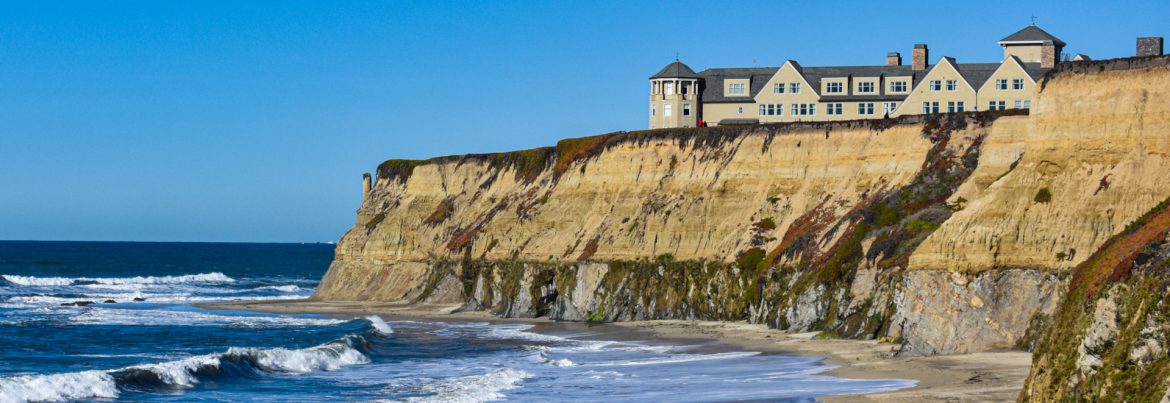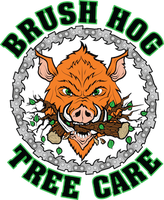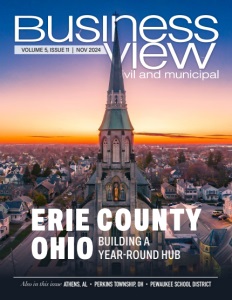Half Moon Bay, California
A Coastal Community Reimagines Growth and Connection
Steering initiatives to bolster community resilience, support small businesses, and ensure housing for all.
Half Moon Bay, California, is a coastal gem in San Mateo County. Steeped in history, it has grown from its 19th-century roots into a modern small city with a strong sense of community and diverse economic life. Known for its striking natural beauty, Half Moon Bay is more than just a scenic stop on Highway 1. It’s a vibrant place where agriculture, tourism, and the legacy of fishing coexist with Silicon Valley commuters and a growing, multicultural population.
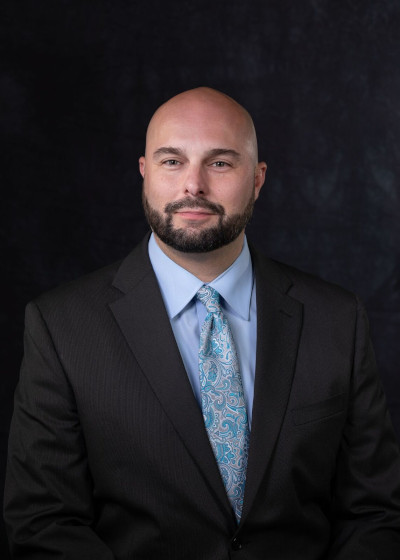
City Manager Matthew Chidester
As City Manager Matthew Chidester explains, the town’s core industries are closely tied to the land and sea. “Tourism is number one,” he says, citing the region’s sweeping coastal vistas, towering redwoods, and expansive agricultural areas. But agriculture and fishing remain key pieces of the economy, with local farms and the historic Pillar Point Harbor still playing vital roles. “We’re a small city of 12,000 residents, but with the unincorporated Coastside communities around us, we’re closer to 30,000 people,” he adds, describing a tight-knit collective with a rare sense of togetherness.
Despite its size, Half Moon Bay boasts an unusually wide range of economic and cultural diversity. “We have wealthy tech workers who mostly commute to Silicon Valley or work from home, but we also have low-income farm and service workers. Our Latino population is sizable, along with a growing Asian community,” Chidester explains. Seniors are another important demographic supported by local senior housing facilities.
Amenities and Festivals
The draw of Half Moon Bay’s outdoor amenities is undeniable for visitors and residents. The California Coastal Trail offers miles of breathtaking oceanfront views. “It’s a huge draw for visitors, but it’s also something our locals use every day,” Chidester says. He points to the area’s rich equestrian culture, highlighted by events like Vaquero Days, where horses parade down Main Street and a growing recreational scene that includes a passionate pickleball community, Little League, and competitive school sports.
“We also have some really unique festivals,” Chidester notes. The Annual Half Moon Bay Art and Pumpkin Festival and Weigh-Off are marquee events, drawing people from all over the region. And, of course, there’s Mavericks—one of the world’s most famous surf spots, located just north of the harbor.
As the city continues to evolve, it’s investing in even more recreational spaces. “We’re just finishing the construction of Carter Park,” Chidester reveals. The park, nestled above a creek and below a parking lot, has long been the home of the Half Moon Bay Shakespeare Company’s annual festival. “Now, we’re building a 300-seat outdoor amphitheater there. The setting is spectacular—redwoods behind the stage, seating on a hillside—it’s going to be an incredible venue,” he adds, noting that it’s expected to open by the end of the year.
Beyond parks and trails, Half Moon Bay is alive with cultural activity. “We have a coastal repertory theater, a Shakespeare group for both kids and adults, and incredible parades like our 4th of July and Night of Lights in December,” Chidester says. For families, these events, combined with the area’s natural splendor, make Half Moon Bay a truly special place to live and work. “There’s a real richness here,” he says, “and it’s a great place to raise kids.”
Half Moon Bay’s Resilience and Growth
Like many communities, Half Moon Bay faced significant economic challenges in the wake of the COVID-19 pandemic. Tourism and agriculture, two of its foundational industries, were hit hard. Chidester recalls how the city responded when it became clear that traditional industries were struggling. In partnership with the County of San Mateo, the local Chamber of Commerce, and other community stakeholders, the city launched the Coastside Recovery Initiative.
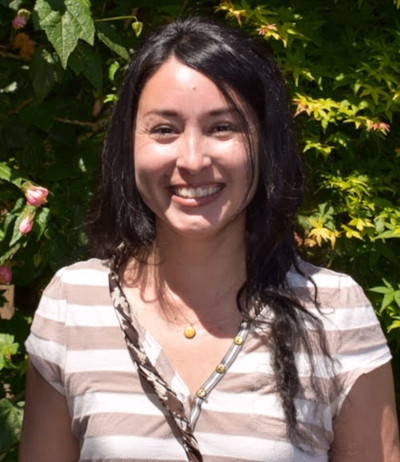
Economic and Community Vitality Manager Karen Decker
The Economic and Community Vitality Manager Karen Decker, who has been at the forefront of this effort, elaborates on the initiative’s key goals. “It was always rooted in resilience,” she says. “We’re nothing without our partnerships,” she emphasizes. Collaboration with the Chamber of Commerce, the school district, local businesses, and county officials has been instrumental in the recovery process. According to her, the initiative focuses on two key objectives: supporting residents and businesses affected by the pandemic and positioning the city for the next economy.
A central piece of the initiative has been the push to diversify the local economy, which, as Chidester points out, has traditionally relied heavily on agriculture and tourism—sectors that were particularly vulnerable to pandemic-related disruptions. Decker highlights the need to build resilience in the face of inevitable external threats, with a goal of bringing the entire community along in the recovery process. “This recovery initiative was led by a diverse task force of 17 residents on the coast,” she explains, culminating in a report outlining 15 recommendations to guide the city forward.
One of the most visible outcomes of this effort has been the revitalization of downtown Half Moon Bay. “We invited the community to reimagine our historic downtown,” Decker says. The City Council recently approved a Downtown Revitalization Master Plan, which will guide design decisions for years. Part of this revitalization includes the creation of a new Gateway Arch at the entrance to downtown, intended to attract visitors who might otherwise pass by.
The city is also looking to the future by creating the Coastside Venture Studio, an incubator-to-accelerator program designed to attract startups with innovative solutions to environmental challenges. “We view the coast as a living laboratory,” Decker says, describing Half Moon Bay’s rich natural assets as a unique opportunity for startups to develop and test new technologies. Whether advancing regenerative agriculture or developing natural water filtration systems, the Venture Studio will position Half Moon Bay as a hub for “resiliency tech,” attracting global interest while creating local jobs.
Local Innovation and Support
Amid Half Moon Bay’s efforts to recover and reshape its economy post-pandemic, one initiative has become a focal point for fostering entrepreneurship, job growth, and community resilience. The Opportunity Center, located in the heart of downtown, serves as a one-stop shop for local residents and businesses seeking immediate support.
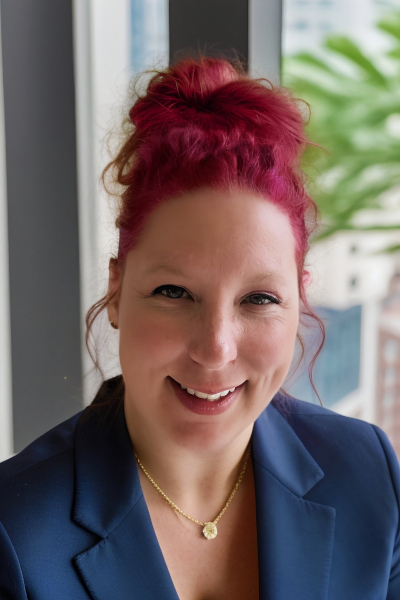
Krystlyn Giedt, Chief Executive Optimist
“The Opportunity Center was really born out of passion,” Krystlyn Giedt, Chief Executive Optimist, Half Moon Bay Coastside Chamber of Commerce, says, reflecting on the collaborative effort. A key aspect of the Center is its ability to provide hands-on assistance right when needed. “Multiple organizations are housed in the same spot,” she explains. Rather than referring individuals to outside services, the Center’s in-house team can work together seamlessly.
The Chamber of Commerce manages the visitor center and spearheads marketing campaigns like “Shop Local” and “Visit Half Moon Bay.” At the same time, the Renaissance Entrepreneurship Center offers crucial business and entrepreneurial support, providing programming and mentoring for those looking to start or grow their ventures. JobTrain, another organization housed in the Opportunity Center, focuses on workforce development, helping individuals build the skills they need to secure employment.
As the Center grows, it’s also developing new technological resources. “We’re finishing up the tech studio so local businesses will have access to technology,” Giedt notes. The Center also houses Coastside Venture Studio, who will eventually benefit from the same services offered to small businesses and job seekers. “They have this built-in partnership with Renaissance and JobTrain so that startups can work with them without any gaps in service,” Giedt says. It’s a comprehensive ecosystem designed to help entrepreneurs launch their ideas and find workforce and development support.
Balancing Opportunity and Preservation on the Coastside
As Half Moon Bay looks toward future growth, it faces a unique challenge: balancing economic development with the need to protect its cherished natural environment. The city’s updated land use plan reflects this delicate balance.
“One thing that makes our region unique is that the entire city limit, as well as most of the surrounding area, is located within the coastal zone,” Decker explains. The updated land use plan emphasizes the importance of preserving the natural beauty that defines the Coastside while also allowing for strategic development. This is especially crucial as the city aims to attract new businesses and provide infrastructure supporting long-term growth.
Chidester highlights how the Coastside’s semi-rural character presents both opportunities and constraints. “Protecting natural assets and the beauty of the Coastside is equally important as making sure there are places for business to open and operate,” he says. Further afield, there are smaller industrial areas that offer opportunities for a variety of businesses. To the east, along Highway 92, the landscape is dotted with farms and greenhouses that serve as agricultural enterprises and as destinations for farm tourism. “We have some cool farms that have become places for family get-togethers and events,” Chidester notes.
To the north lies the community of Princeton, which surrounds the bustling Pillar Point Harbor. The harbor serves as a vital economic engine, providing opportunities for industries tied to fishing and tourism. Meanwhile, Princeton’s adjacent industrial zone offers prime real estate for manufacturing businesses and boutique operations. On the southern end of the coast is another draw: the iconic Ritz-Carlton, which Chidester refers to as the “Castle on the Cliffs.” Overlooking the Pacific Ocean and flanked by two renowned golf courses, the Ritz is a premier destination for visitors seeking luxury accommodations.
Addressing Challenges Head-on
While Half Moon Bay’s location along the coast provides natural advantages, it also presents certain logistical challenges. The Coastside is somewhat isolated, with limited access to high-speed internet. Chidester acknowledges this challenge but notes that help is on the way. “California’s Middle Mile initiative is building 10,000 miles of high-speed fiber optic backbone throughout the state,” he explains. Thanks to the city’s advocacy, Half Moon Bay was selected as part of this initiative, which Chidester believes will be a “game changer for businesses” once completed.
Alongside business growth, addressing the region’s housing shortage has been a top priority for Half Moon Bay’s leadership. Like much of California, the city has struggled with the high cost of living. Chidester emphasizes the importance of this issue, particularly for the Coastside’s farmworker community.
“Housing throughout California is a challenge, and in the Bay Area with its super high cost of living, this has been a top priority for our community,” Chidester says. The city and county are preparing to launch two farmworker housing projects to provide affordable living options for these essential workers. In addition to farmworker housing, the city has made strides in developing affordable housing for seniors, a growing demographic in Half Moon Bay.
Strengthening Community and Economy
Looking ahead, Half Moon Bay’s leaders are focusing on initiatives that strengthen the connection between its residents and businesses while also preparing for future economic challenges.
From the Chamber of Commerce’s perspective, reconnecting the local business community with residents is a top priority. “Shop Local was very top of mind during the pandemic,” Giedt explains. However, as the pandemic waned, the enthusiasm for shopping local has faded. “There’s more online buying now,” she acknowledges. In response, the Chamber is launching a refreshed Shop Local campaign to bring attention to neighborhood stores and services.
Giedt also points to a significant new project that will shed light on the habits of Half Moon Bay’s visitors. “We’re embarking on a really in-depth, first-of-its-kind visitor study for our area,” she says. The goal is to move beyond anecdotal evidence and gather hard data about how tourists interact with the city and how their visits could be enhanced. “We really want to home in and get the data,” she adds. This information will help the Chamber and local businesses tailor their strategies to serve visitors better.
From the city’s perspective, the top priority remains clear: housing. Chidester emphasizes that the future of Half Moon Bay depends on providing safe, affordable, and dignified housing for all residents. “The future of our community lies in maintaining the cultural diversity and the diversity of the workforce,” he says. “Providing that really crucial infrastructure is a top priority for the city.”
In addition to housing, the city will continue investing in the local economy. Supporting small business owners and creating new opportunities are essential, but Chidester also highlights the need for a more resilient economic foundation. “We need to create opportunities that bring a more resilient workforce and economy,” he says. “When the next inevitable shakeup happens, we’ve got a strong and diverse enough economy that we can lean on.”
AT A GLANCE
Half Moon Bay
What: A scenic coastal city focused on community resilience, economic growth, and housing solutions
Where: San Mateo County, California
Website: https://www.visithalfmoonbay.org/
